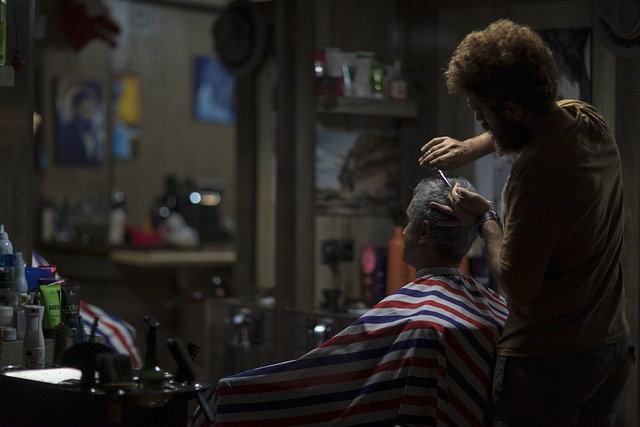Salon Techniques for Subtle Dimension and Depth
Creating subtle dimension and depth in salon color relies on layered techniques that respect natural tone and hair health. This article outlines how controlled dyeing, selective highlights, glossing, and conditioning work together to enhance movement and multi-tonal effect without dramatic contrast, and how upkeep and ingredient awareness affect results.

Achieving subtle dimension and depth in salon color is a balance between color science and careful technique. Stylists combine dyeing and tinting with placement strategies to emphasize movement rather than dramatic contrast, tailoring shades to skin tone and hair porosity. Thoughtful use of highlights, lowlights, and gentle glossing can add visual texture while minimizing damage from bleach or aggressive processing. Longevity and upkeep depend on conditioning protocols, bonding treatments, and regular maintenance visits to the salon to refresh tone and shape.
Dyeing and tinting: controlling shades and tone
Dyeing and tinting are the foundation for creating dimension. Technicians select base shades and complementary tints to build a palette of tones that read naturally in different light. A demi-permanent tint can subtly shift tone and enhance shine without fully lifting natural pigment, while permanent dyeing may be used sparingly for root coverage or to establish a consistent base. Communication about desired shades and expected maintenance helps set realistic outcomes.
Highlights and lowlights: placement for natural depth
Highlights and lowlights create depth by varying contrast across the hair shaft. Rather than high-contrast chunking, subtle dimension uses fine, strategically placed foils or hand-painted pieces to mimic where light would naturally catch hair. Techniques like baby lights, balayage, and soft weaves produce graduated blends that work with movement. Placement near the face and along layers can brighten features without obvious banding, preserving an overall cohesive color.
Porosity, bleach, and bonding: protecting structure
Porosity affects how color absorbs and retains pigment; porous hair may take dye faster and fade sooner. When lightening is necessary, controlled use of bleach and developer with monitoring minimizes over-processing. Bonding treatments—added during or after chemical steps—can reconnect broken links in the hair cortex, improving strength and elasticity. Assessing porosity and choosing compatible products and bond-building protocols reduces breakage and supports longer-lasting dimension.
Glossing, conditioning, and ingredients for longevity
Glossing services refresh tone and enhance shine without heavy lift; a clear or tinted gloss can neutralize unwanted brassiness and reinforce chosen shades. Conditioning treatments—standalone masks or in-salon deep conditioning—replenish moisture lost during chemical work, improving surface smoothness so highlights and tints reflect light evenly. Ingredients like hydrolyzed proteins, ceramides, and humectants are commonly used to support conditioning effects; stylists should choose formulations suited to the client’s hair history and sensitivities.
Maintenance, upkeep, and scheduling with your salon
Upkeep for subtle dimension typically includes periodic glossing to restore tone, trimmed ends to maintain shape, and targeted touch-ups for new growth. Frequency depends on the chosen techniques: low-contrast balayage may need salon visits every 12–16 weeks, while finer highlights or root-dependent approaches might require more frequent attention. Home-care routines—color-safe shampoos, reduced heat styling, and conditioning treatments—also influence longevity and the interval between salon appointments.
Conclusion
Subtle dimension and depth are achieved through layered salon techniques that honor hair health and natural movement. Combining measured dyeing and tinting, thoughtful highlight placement, porosity-aware processing, and supportive conditioning creates multi-tonal results that age gracefully. Regular maintenance and informed product choices help sustain tone and texture over time, allowing dimension to remain soft and natural rather than stark or flat.





